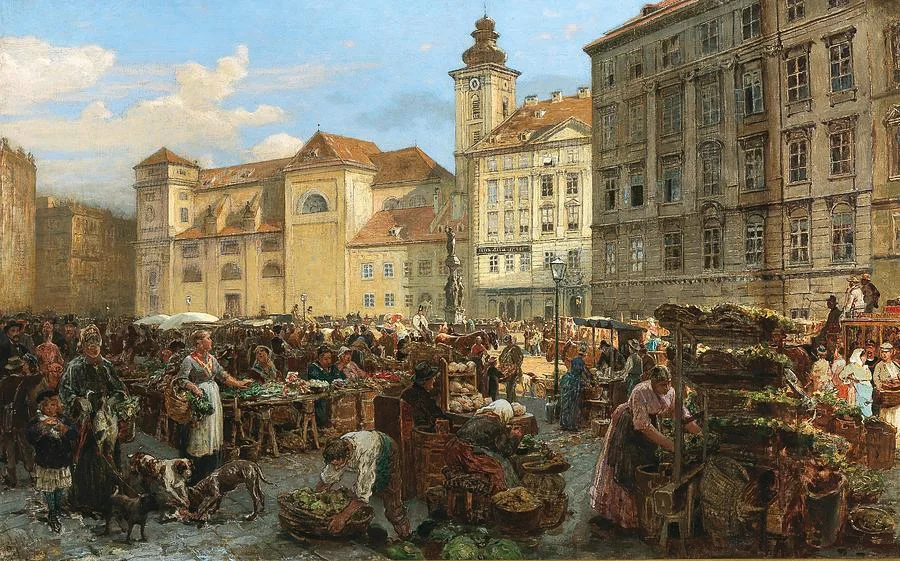
Reindustrialization Doesn’t Mean Romanticizing the Past—It Means Facing Hard Truths
If the goal is to rebuild industrial capacity in America, we have to stop framing the conversation around nostalgia or zero-sum trade grievances.
There’s renewed buzz about “reindustrialization” in the United States. From venture-backed robotics firms to summits packed with government officials and defense contractors, a new crop of entrepreneurs and policymakers has embraced the mission of restoring American industrial strength. The ambition is commendable. But much of the current conversation is steeped in nostalgia, anxiety about China, and sweeping declarations about manufacturing decline. It risks obscuring the real challenges facing the U.S. and misdiagnosing both the current state of the economy and the cause of whatever ails it.
It has been said often before, but it is worth repeating: It is simply untrue that America “doesn’t make anything anymore.” The U.S. is still the world’s second-largest manufacturer. Real manufacturing output has grown over the decades. What’s changed is not our capacity to produce, but the number of workers required to do it. That’s not evidence of manufacturing decline, but rather of extraordinary productivity gains. It takes fewer people to make more and better things. This reality also explains why average manufacturing wages are now much higher than they were decades ago, when manufacturing employment was higher.
Manufacturing has indeed gone from 25 percent of GDP in 1975 to about 10 percent today, while the absolute amount produced by this sector has grown. But again, that’s not because jobs were stolen away from workers because of trade with other countries, instead, because as the economy evolved, consumers grew wealthier and their preferences changed. As people get richer, they tend to spend a greater share of their income on services and less on goods. More wealth means that people pay relatively more on luxuries like education, healthcare, and travel, and relatively less on physical goods. That’s not a crisis; that’s what economic development looks like.
China, of course, dominates in raw manufacturing volume and has built sprawling industrial ecosystems — including in areas like minerals and pharmaceuticals where U.S. dependency could pose a risk in the event of a military conflict. But even there, the idea that China has “eaten our lunch” ignores context. First, America still leads in high-value manufacturing, intellectual property, aerospace, and software. Not to mention that America also far out-manufactures China on a per-capita basis. Production of these is deeply tied to industrial capacity, which remains at an all-time high. Second, Chinese output is powered in part by unsustainable debt, overcapacity, subsidies, and political repression. It’s hardly a model we should admire, and it’s unlikely to last.
In addition, China’s dominance in critical manufacturing sectors didn’t result from subsidies or labor cost advantages. China’s dominance over the U.S. reflects the burdens and distortions created by the U.S. regulatory regime, especially in permitting or environmental review. Our onerous regulatory regime is helping certain sectors of China’s economy to develop. In addition, China has had a more favorable treatment of investment and R&D. The One Big Beautiful Bill addressed some of it with the permanent full-expensing provision. But there is still work to do, including on the corporate income tax rate front. As the Tax Foundation notes, “the headline corporate rate when including the average of state and local rates already sits higher than China’s headline rate.”
One point I will concede: To the extent that America faces a real industrial challenge, it’s not that we lack factories; rather, it’s that we lack people to work in them. The supply of machinists, electricians, welders, and other skilled tradespeople essential to modern manufacturing is quite low in the United States. But this isn’t because of free trade or globalization. Instead, it’s the consequence of decades of policy and cultural messaging that elevated a narrow path: four-year college degrees and white-collar “knowledge work” as the only respectable route to success.
To encourage and help a larger number of kids to go to college, politicians have provided an increasing amount of direct federal support for students via grants and loans, and boosted federal expenditures to higher education. Work by my colleague Jack Salmon shows that the $160 billion annually spent on financial aid is the tip of the iceberg. There are tens of billions in direct funding, then there is preferential tax treatment: tax-free bonds, deductibility of loan interest, and college expense tax credits. State and local governments have also chipped in. All of that cash has distorted incentives and encouraged over-enrollment, often at institutions with poor outcomes. Easy access to government loans fueled tuition inflation, as colleges absorbed aid by raising prices.
Meanwhile, accountability for employment outcomes was virtually nonexistent. In the name of expanding opportunity, public policy pushed a generation into debt-financed degrees that too often fail to deliver real opportunity, especially for low-income students. Making matters worse, the system is perversely regressive: lower-income taxpayers subsidize degrees that disproportionately benefit higher earners. In the process, vocational training and apprenticeship programs were marginalized or dismantled.
The result is a tragic mismatch. On one side, we have millions of young Americans burdened by student debt, many of whom either never graduated or earned degrees with limited market value.
As Salmon has explained, while college costs have exploded by more than 50 percent over the past 15 years, the wage premium for a post-secondary degree has stagnated. For the one in four students who enroll in but never finish college, the result is financial harm: debt without upward mobility. Even among graduates, many are underemployed, especially those with generalist degrees like psychology, journalism, or the arts. All the while, jobs in skilled trades go unfilled year after year.
On the other side, employers across the country are desperate for workers with precisely the skills our education system no longer emphasizes. There are over 400,000 job openings in manufacturing, for example, and this number is only going to grow. According to the Federal Reserve, by 2033, 1.9 million manufacturing jobs will be unfilled. The two main culprits are young people's unwillingness to work in manufacturing and the education mismatch (both of which are linked). This is a major challenge since the rise of AI isn’t just transforming the digital economy, it’s fueling massive demand for physical infrastructure: data centers, power systems, cooling networks, and more. That means we don’t just need coders and computer scientists. We need electricians, welders, HVAC technicians, and skilled tradespeople to build and maintain the backbone of this new economy.
If we are serious about increasing our industrial production, we cannot ignore this broken education pipeline. Innovation in advanced manufacturing, automation, and robotics will mean little if we lack the workforce to operate and maintain it. There is a lot to do. Above all, we must reject the false hierarchy that says a liberal arts degree is more valuable than a trade. For some students, it is; for others, it’s not. For some employers, it is; for others, it’s not.
Other changes include tax reform. The U.S. tax code contains a bias against employers who want to invest in broad-based education and training for their workers. Under current law, a capped and limited tax-free deduction is allowed for employer-provided education assistance. However, the deduction is often denied if the training prepares the employee for a “new trade or business” rather than skills tied to their current role. This structure encourages short-term, job-specific training while discouraging retraining for in-demand fields like those that will emerge with AI. It also favors traditional academic programs over non-degree credentials, apprenticeships, and technical certifications, even as the economy increasingly needs these skills. Reform would start treating investment in human capital the same way we treat investment in physical capital.
There is much more to do, like implementing a universal form of Individual Training Accounts, modernizing vocational education, reforming federal student aid to stop privileging four-year programs, and encouraging private models like income-share agreements that tie training to actual outcomes. The OBBBA has initiated changes to the student loan program, including adjustments to borrowing limits and repayment options, but further action is necessary.
If the goal is to rebuild industrial capacity in America, we have to stop framing the conversation around nostalgia or zero-sum trade grievances. We’ve spent decades subsidizing college attendance and pushing a narrow, degree-centric model of success, while neglecting the technical workforce that advanced manufacturing now desperately needs. The result is an economy where data centers, semiconductor fabs, and clean energy infrastructure are poised for growth—but we don’t have enough welders, electricians, or technicians to build or maintain them.
We’re not going to fix this by slapping tariffs on imports, unionizing more industries, or handing out subsidies to corporations. We need to fix the pipeline. That starts with a serious overhaul of how we approach education, training, and career preparation in this country. That, as always, requires getting the government out of the way.
Veronique de Rugy is the George Gibbs Chair in Political Economy and Senior Research Fellow at the Mercatus Center at George Mason University and a nationally syndicated columnist.
Economic Dynamism

The Causal Effect of News on Inflation Expectations
This paper studies the response of household inflation expectations to television news coverage of inflation.
.avif)
The Rise of Inflation Targeting
This paper discusses the interactions between politics and economic ideas leading to the adoption of inflation targeting in the United States.

Ignore 'Open Letters' From Economists
Don’t be swayed by “open” letters signed by well-known and well-respected scholars, experts, professors, and businessmen.
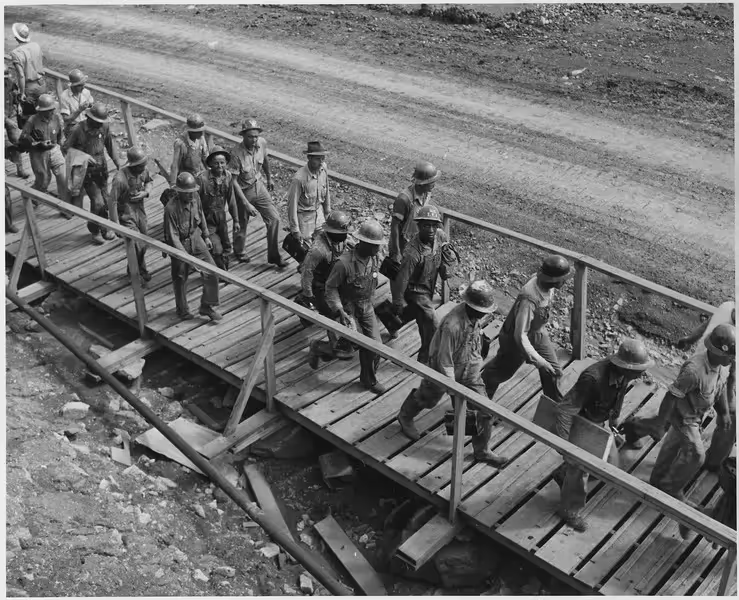
Demystifying the New Deal
Carola Binder reviews False Dawn: The New Deal and the Promise of Recovery, 1933–1947 by George Selgin

Texas Stands on Commerce
Clear limits on shareholder resolutions have made Texas a model of business certainty — and business is flooding in.
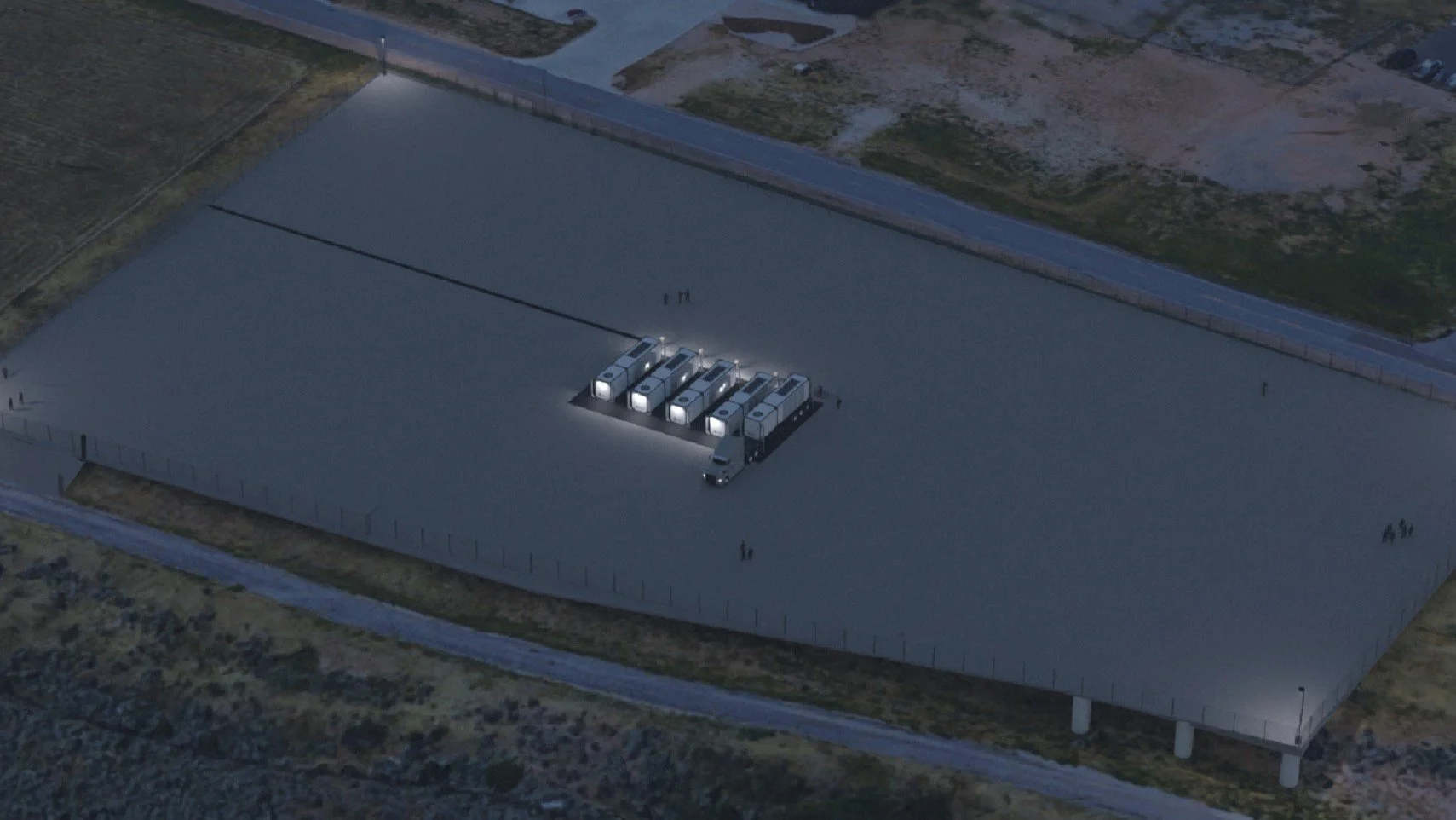
America Needs Its Hidden Champions
From imaging systems to next-gen GPS, small and midsized manufacturers are quietly rebuilding America’s industrial and defense backbone.





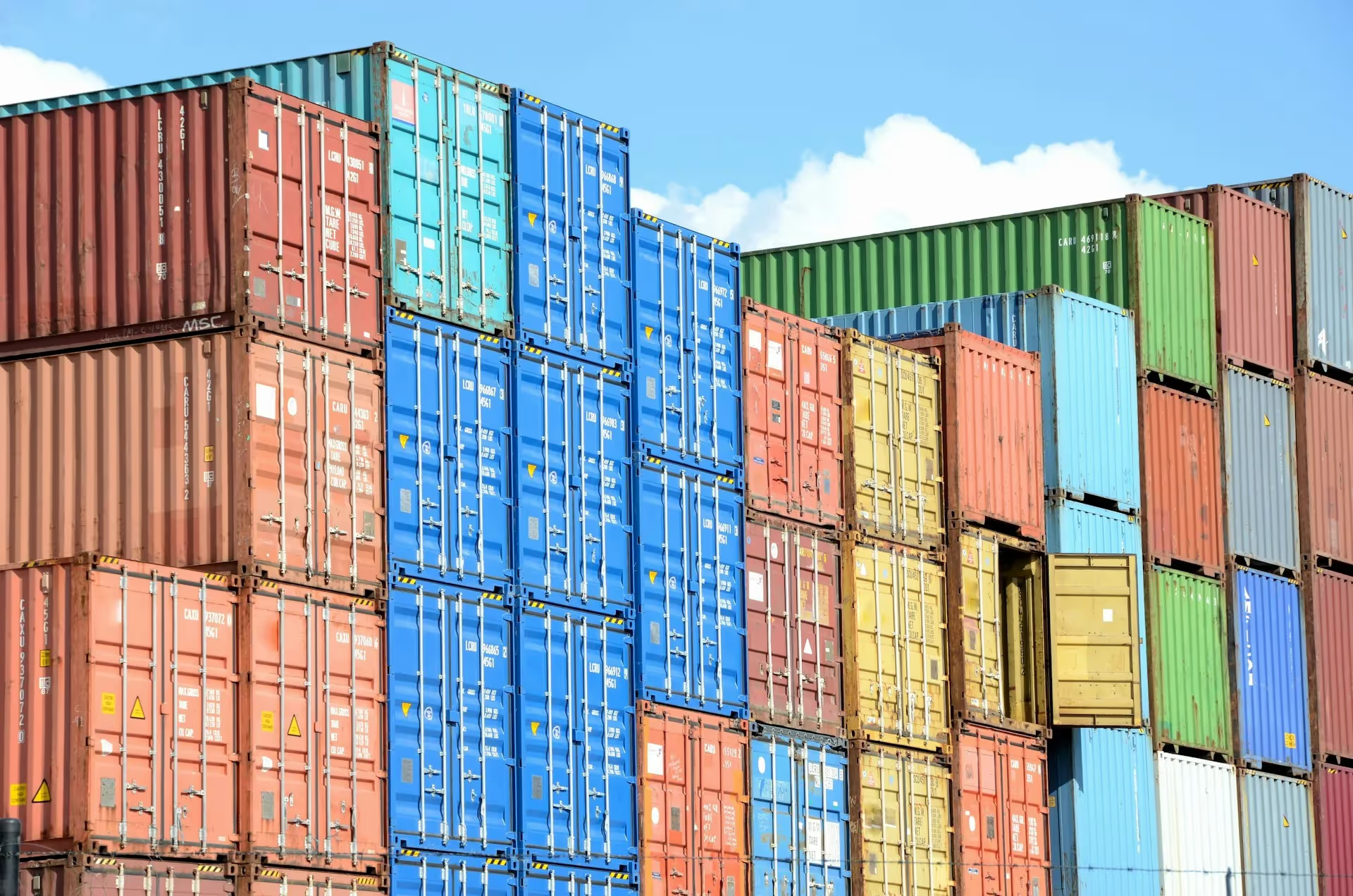
.jpg)


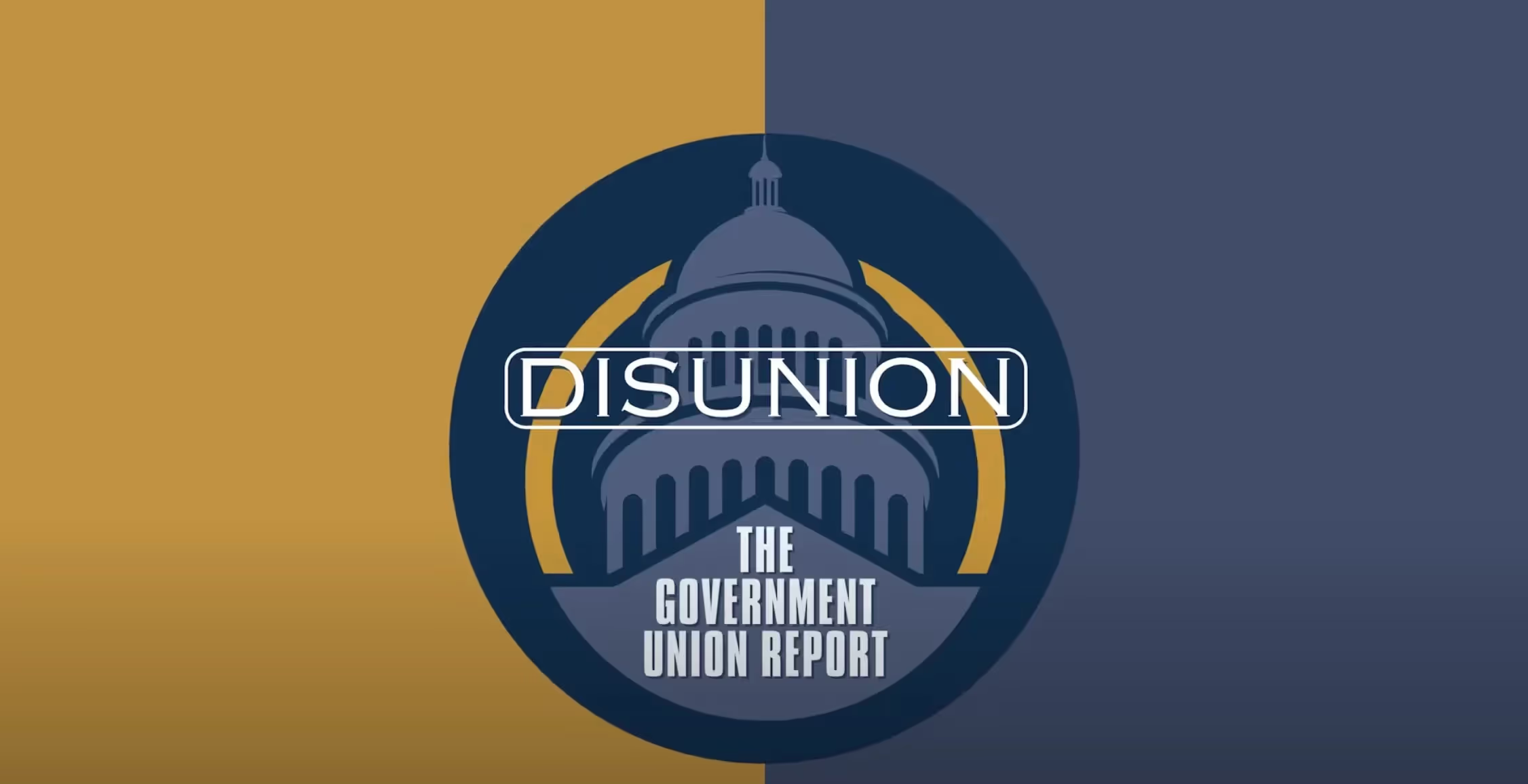
.avif)


